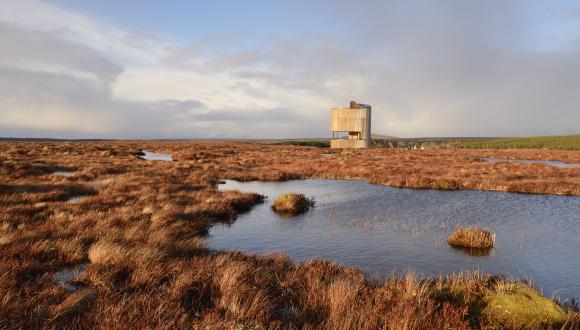
Over 75% of Scotland’s protected site natural features in good condition
31 May 2023
Official statistics published today by NatureScot show that more than three quarters (76.4%) of Scotland’s natural features on protected nature sites are either in or recovering towards a favourable condition. Natural features include habitats and species, as well as geological features such as fossil beds and caves. Cooperative work with landowners on protected areas is key to improving the condition of sites.
However, although there has been a long-term improvement of just under half a percent compared to 2007, there has been a slow decline in the number of features in favourable condition in recent years.
Two of the largest causes of unfavourable condition are overgrazing and invasive, non-native species. To combat these effects, NatureScot is leading work to reduce deer numbers in areas where populations are affecting habitats adversely, implementing the recommendations of the Deer Working Group (DWG). NatureScot is also helping fund a number of projects to reduce invasive species, such as the Scottish Invasive Species Initiative and removing non-native rhododendron as part of the Alliance for Scotland’s Rainforest partnership.
Another factor is climate change. The effects of climate change are likely to be demonstrated through small changes across large areas over a long period of time. In many cases, the condition of an individual feature is affected by broader factors, such as species breeding or spending the winter in other areas due to climate change or other factors. However, declines on individual sites can be improved with new measures over larger areas.
Ongoing work to restore nature in Scotland includes the Scottish Government’s Scottish Biodiversity Strategy, which aims to deliver transformational change to protect and restore terrestrial, freshwater and marine biodiversity in Scotland; the Scottish Government’s £65 million Nature Restoration Fund (NRF), which funds projects that restore wildlife and habitats; the Scottish Marine Environmental Enhancement Fund (SMEEF), working to transform the health of Scotland’s coasts and seas; and the Species on the Edge project.
Biodiversity Minister Lorna Slater said:
“While it is encouraging that over three quarters of Scotland’s natural features are in good or recovering condition, we must do more to reverse biodiversity loss and protect our vital habitats and species.
“The Scottish Government is clear that this is an emergency that requires an emergency response. We are already investing in our land and at seas through our £65 million Nature Restoration Fund, expanding nature networks and establishing a new National Park.
“Later this year we will publish a delivery plan to support our new Biodiversity Strategy, which sets out a long-term ambition and vision to restore Scotland’s natural environment. It is designed to deliver landscape-scale, transformative change and will be backed by evidence and underpinned by statutory targets for nature recovery.”
Nick Halfhide, NatureScot’s Director of Nature and Climate Change, said:
“Scotland is facing a nature and climate emergency and protected areas have a vital role to play in helping us build resilience in the face of the climate change and biodiversity loss crises.
“Protected areas are often small and isolated from other natural areas. So although it’s possible to improve some species and habitats with work on one site, we also have to look at the situation more widely. This isn’t something we can do on our own; we all need to play our part to protect Scotland’s nature and to champion the work of land managers who are improving nature on these sites. We’re committed to protect, restore and value these special areas through collaboration, respect and evidence-based work with partners.”
Download the full statistical publication.




